Notes:
Try to check the brake fluid level on the Nissan Note before each trip of the car, and, if necessary, add fluid to the reservoir.
The Nissan Note car uses the DOT-4 type of brake fluid.
The reservoir of the master brake cylinder is also the supply reservoir for the master cylinder of the hydraulic clutch release on vehicles with manual and automatic transmissions, and is connected to the cylinder by a flexible hose.
Checking the brake fluid level on a Nissan Note
1. Park the vehicle on a level, level surface. Open the hood and place it on the stop.
2. Inspect the engine compartment. The tank is installed in the rear right side of the engine compartment, near the air filter housing (if you stand in front of the car).
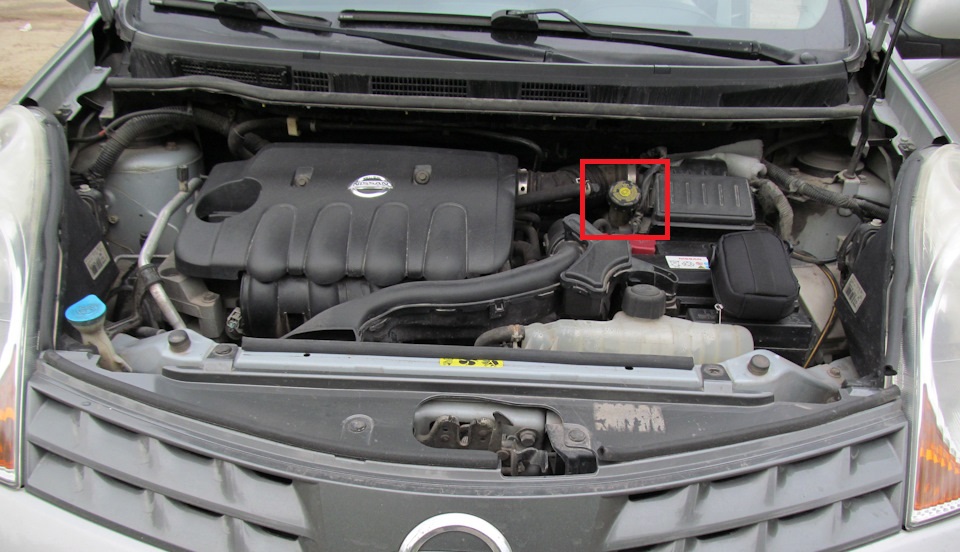
The minimum “MINI” and maximum “MAXI” fluid level marks are marked on the side wall of the tank body .
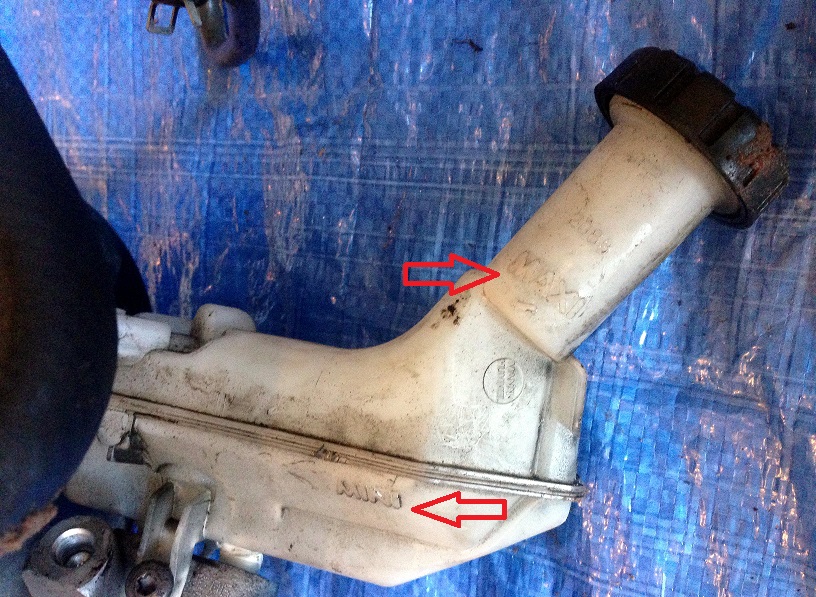
An example is shown on a removed brake reservoir.
3. Visually check the brake fluid level on the Nissan Note. It should not be below the connecting seam of the halves of the tank.

4. If the fluid in the tank is less than the required level, you will need to add brake fluid.
Topping up brake fluid on a Nissan Note
1. Unscrew the reservoir cap and add brake fluid to the “MAX” mark.

Note:
Do not reuse fluid drained from the brake system: it is contaminated, saturated with air and moisture.
2. Tightly screw on the Nissan Note brake fluid expansion tank cap. If brake fluid is spilled on wires, painted or plastic body parts, wipe them off immediately with a clean cloth.
Note:
A gradual decrease in the level of brake fluid in the Nissan Note reservoir in the absence of leaks most likely indicates the need to replace the brake pads. We recommend checking their condition.
Source: carpedia.club
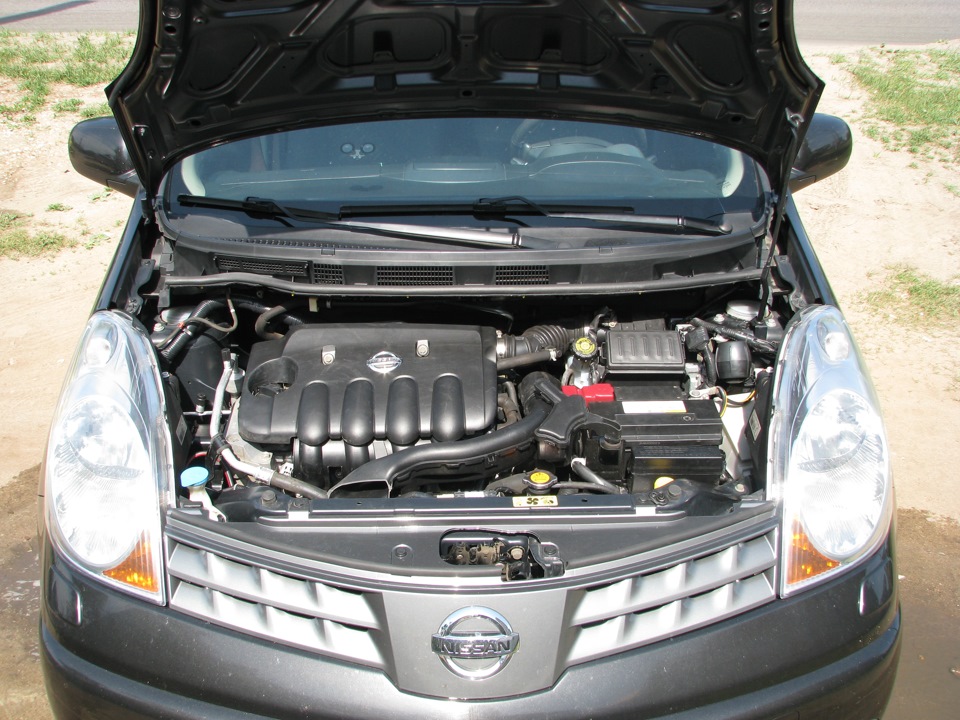

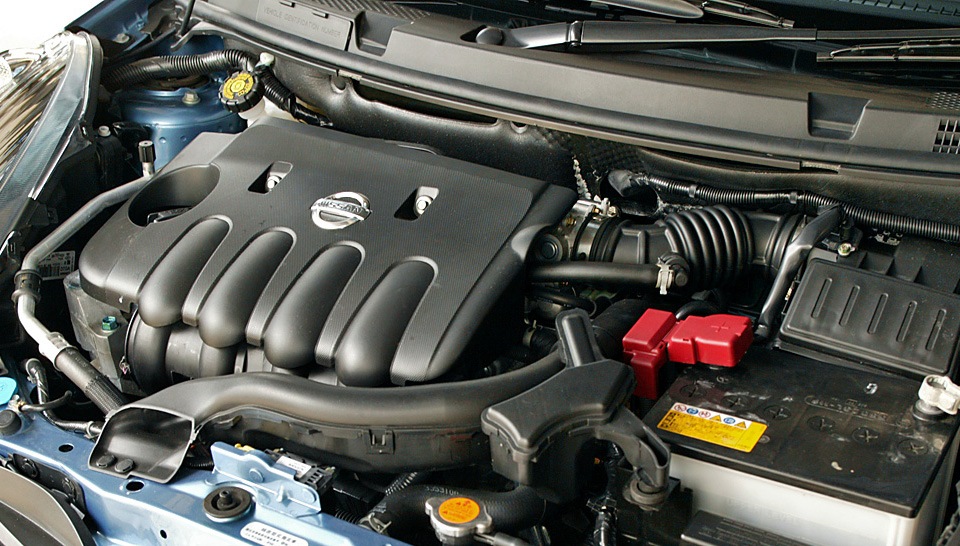
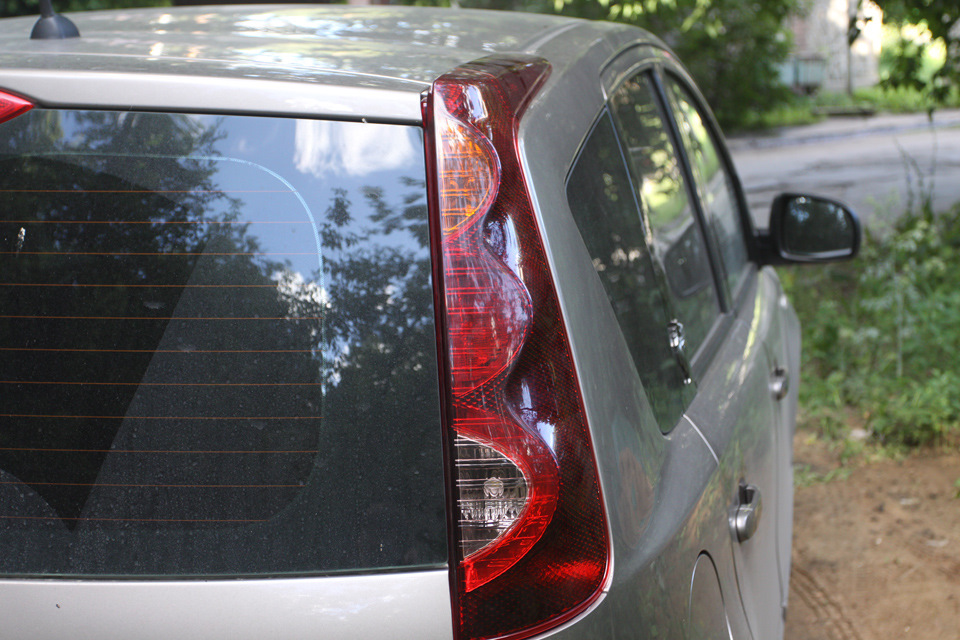


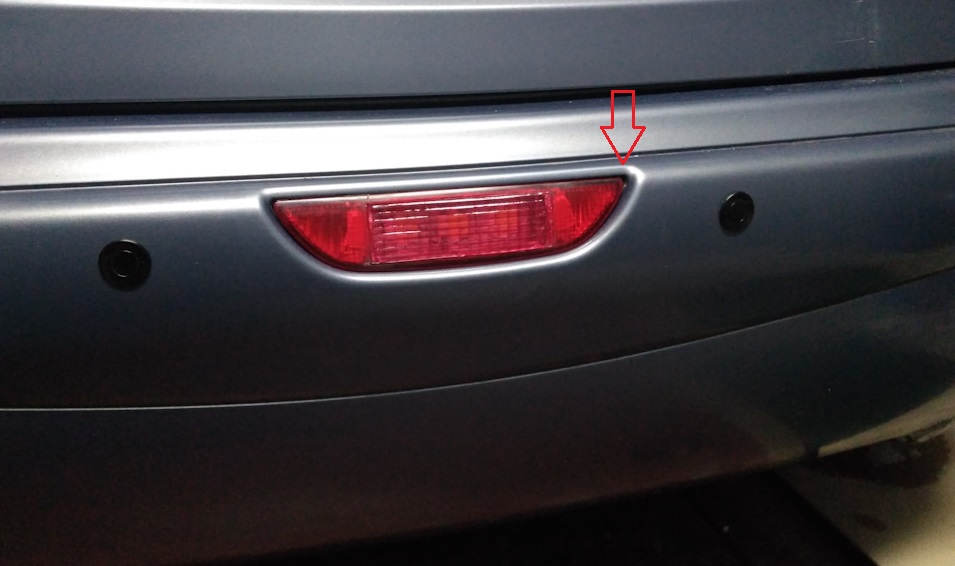

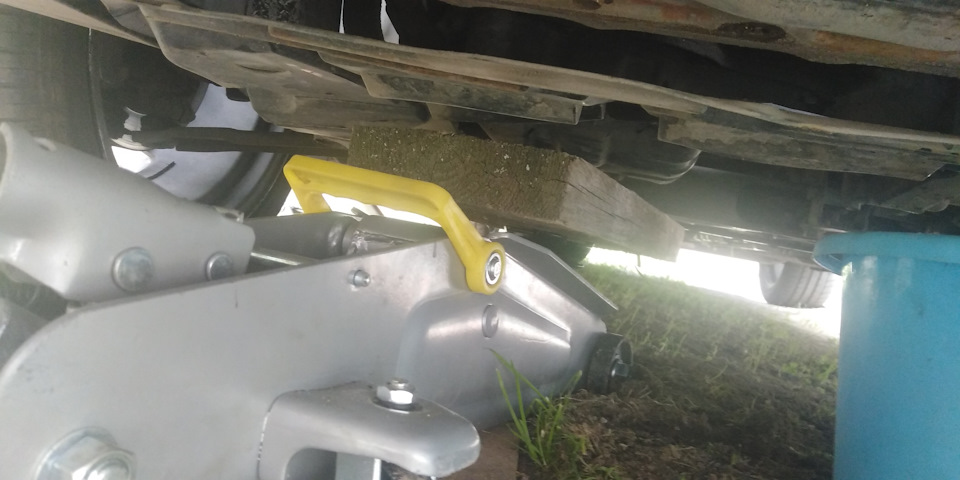
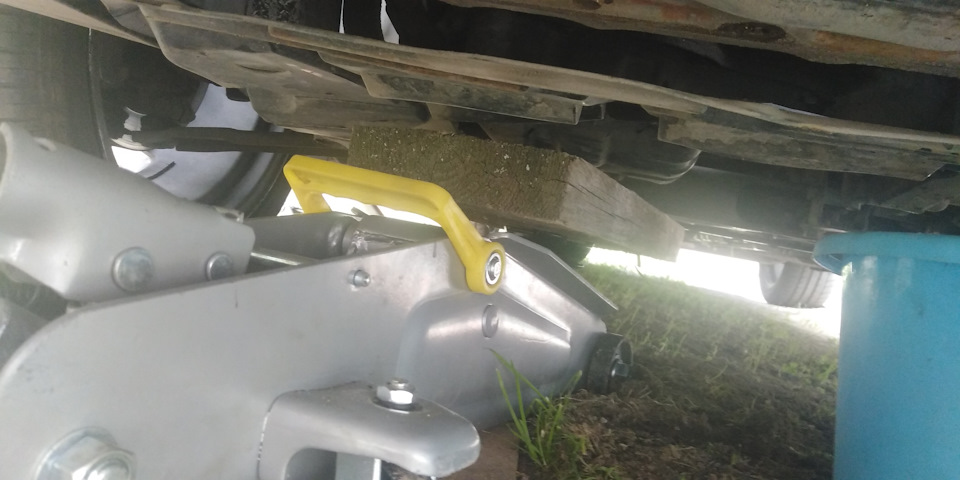
![E11 [2004 - 2012]](/uploads/Nissan_Note_2005_-_2014_E11.jpg)
